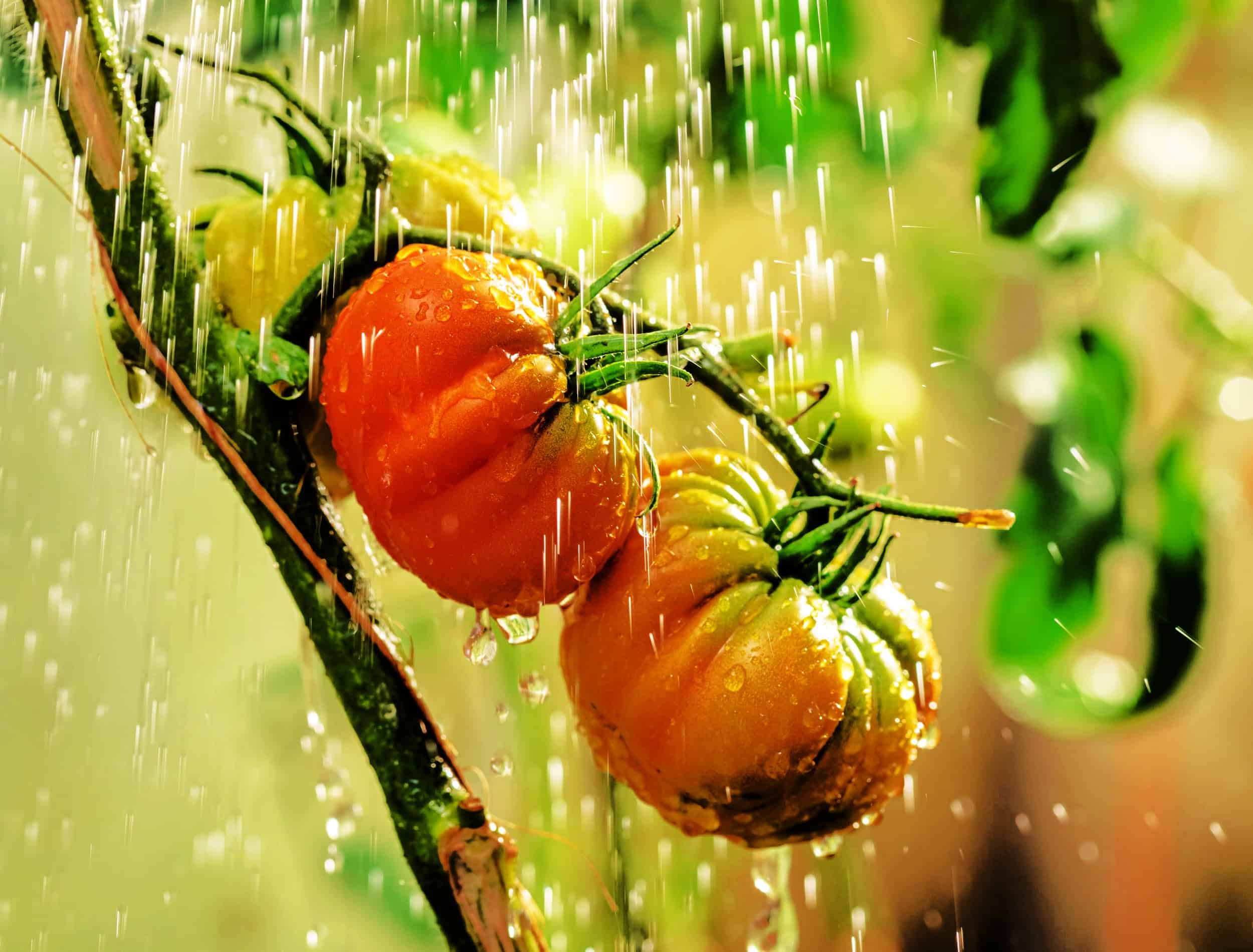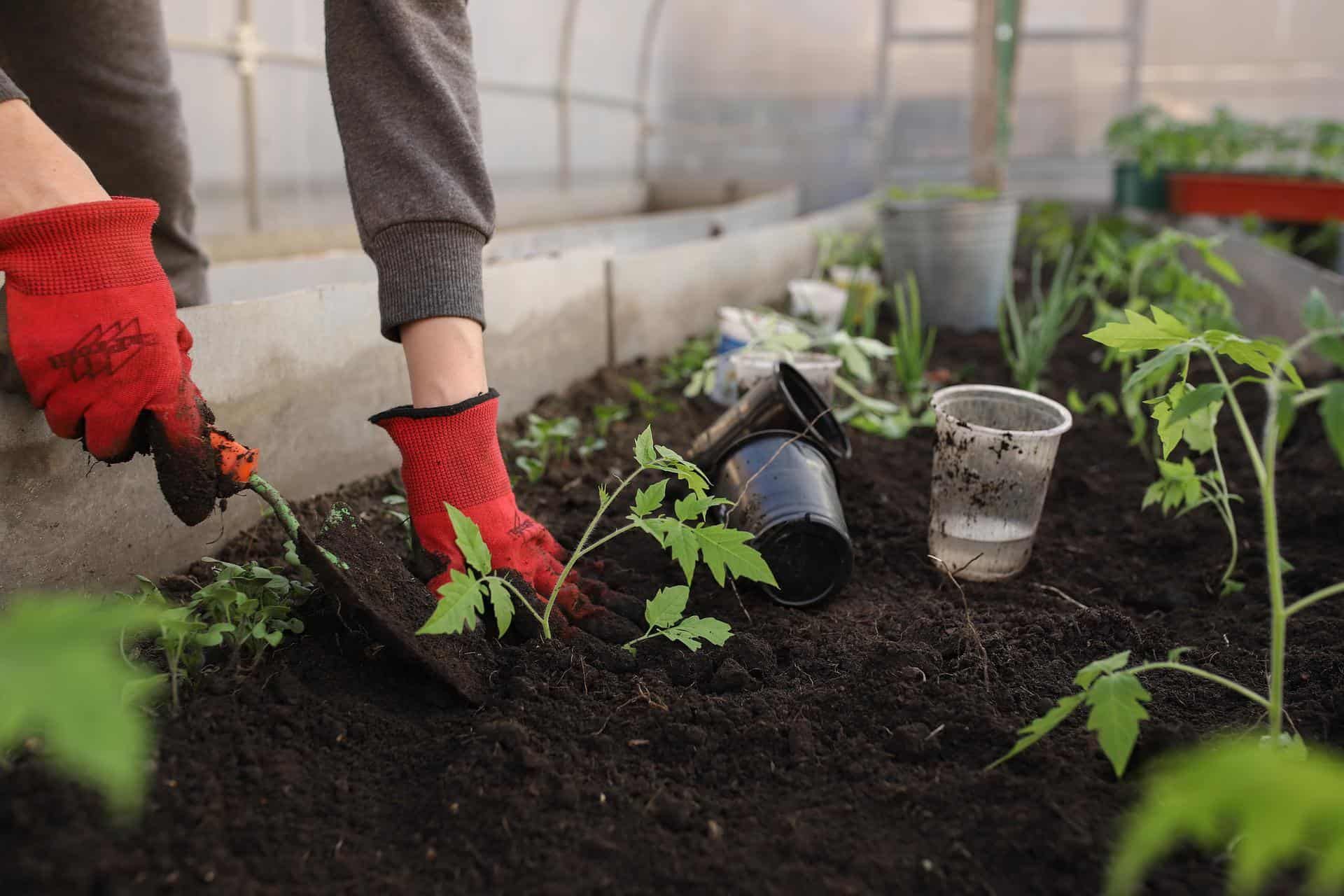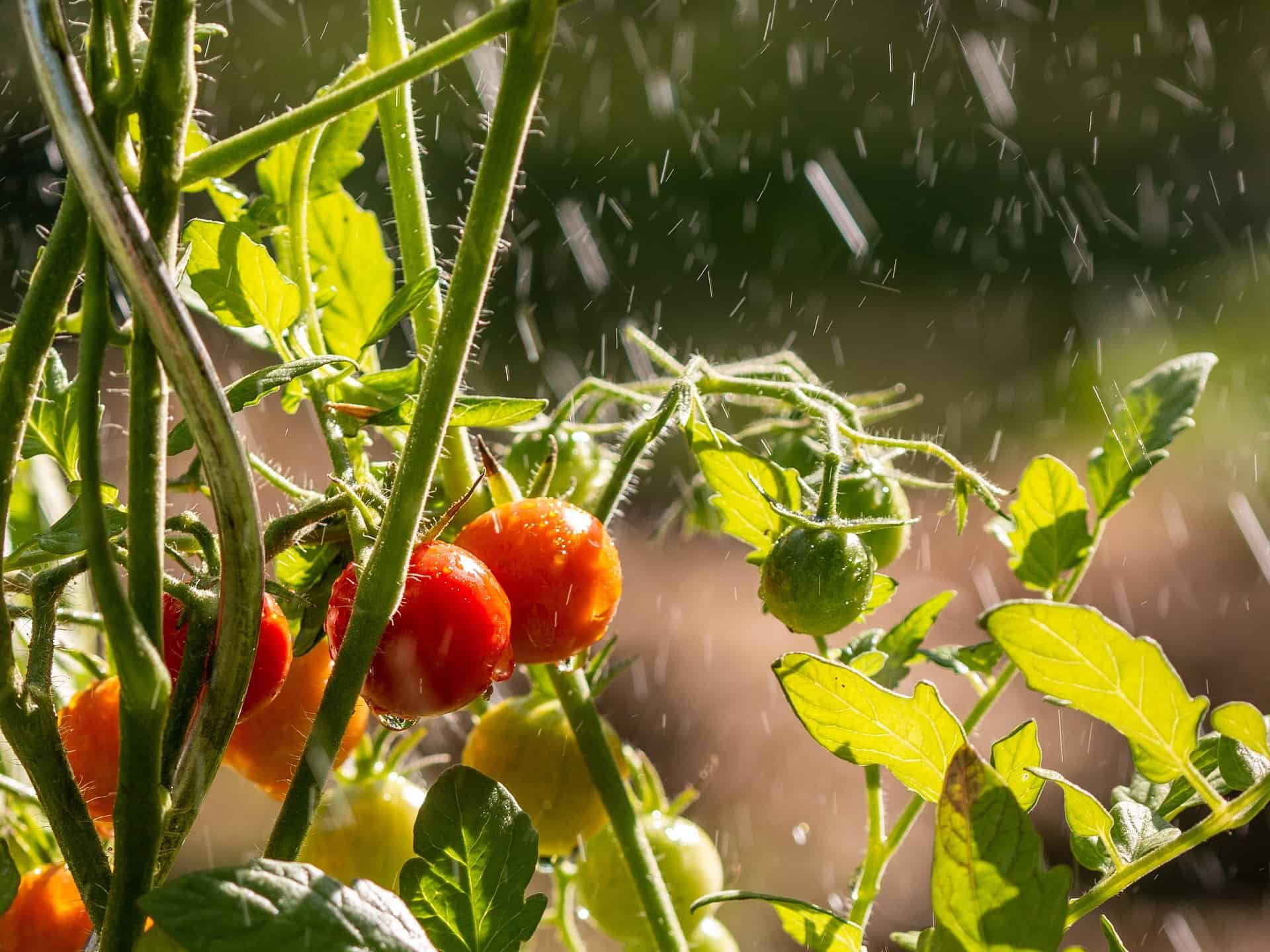Many gardeners choose to include tomatoes in their vegetable garden because they are easy to grow and produce delectable fruits. With that said, tomato plants require time, care, and attention to thrive, as they can be prone to issues such as over-fertilizing, disease, and overwatering.
Speaking of, how can you tell if you're overwatering your tomato plants? And what (if anything) can you do to revive them? Below, you'll discover how you can spot the symptoms and bring overwatered tomato plants back to life, as well as how to prevent the issue from happening again!
Signs You Are Overwatering Your Tomatoes
Image credits: PrysMichael via Shutterstock
Since these signs can also point to other issues, inspecting your plants for any problems is crucial. With that in mind, yellowing curling leaves are one of the initial signs that you are overwatering your tomato plants. Additionally, yellow leaves around the bottom of the plant are sometimes due to its natural aging process, so they aren't always cause for alarm. A wilting plant may also be a sign of overwatering, though underwatering can cause this as well.
Cracked fruit is often the result of rapid changes in watering, especially when you go from overwatering to underwatering the plant. On the other hand, thick or tough skin is a sign your tomato plants are underwatered.
You should not take issues such as yellow and wilting leaves lightly. That said, identifying root rot, noticing overly wet soil, and considering your watering habits are the best ways to determine if you are overwatering your plant.
Can Your Plant Recover from Overwatering?
Image credits: Katya_Ershova via Pixabay
Tomato plants can fully recover from overwatering if you take action as soon as you spot the signs. To save your tomato plant, remove it from the soil using a garden fork or trowel. Next, clear as much dirt away from the soil as possible, using your hands or running the root system under the faucet.
Then, examine the root system for rot; tale-tell signs are black or brown mushy roots. The plant is salvageable if there are discolored roots, but you can still see healthy white roots. However, if the entire root system is mushy, the plant is past saving. That said, you can try propagating it in water to develop a new root system.
Next, sterilize a pair of scissors with rubbing or isopropyl alcohol and snip off all of the dead roots. Be sure to cut off above the infected area to stop the rot from spreading. You can also mix a solution of one tablespoon hydrogen peroxide in one cup of water and spray it on the roots to control bacteria.
After you've cleaned up the root system, allow them to sit out and dry. Before replanting, remove the old soil as it may be infected with fungus and bacteria. Replace with well-draining soil and replant your tomato plant. Otherwise, you can sterilize the soil by using different methods to heat it up.
How Can You Avoid Overwatering?
Image credits: 14959021 via Pixabay
As they say, "An ounce of prevention is worth a pound of cure." So if you've overwatered tomato plants before, here's how to avoid the issue again.
While tomato plant seedlings need lots of water when they are first planted, after about a week, they only require watering when the top inch of soil is dry. In general, follow proper watering techniques and water your plants deeply, but only when they need it. Growing tomatoes in pots with drainage holes is a great way to gain better control over the moisture levels.
Proper lighting is crucial when growing tomato plants (they need about six to eight hours of direct sunlight daily). Overwatering can occur if the plants don't receive enough light because they will not dry out enough between watering. If you want to look like a pro, apply mulch to help the soil retain moisture while providing ample drainage.
Finally, remember to correctly prune the plant, removing lower leaves and excess foliage. This will increase airflow and ensure the plant can use all the nutrients from the soil to stay healthy and produce fruit. Remember to use disinfected, properly sharpened pruning shears. Otherwise, you may spread diseases and have an entirely different issue on your hands!
Start Your Rescue Mission
Overwatered tomato plants suffer from weak roots, making them susceptible to diseases and pests. So, it's crucial to remove your plant from the soil and replant it when you first notice signs of overwatering. If your tomato plant has suffered too deeply from root rot, it's best to toss it in the compost and start your plant anew!
Do you have any tips for handling overwatered tomato plants? Share in the comments below!




